Contents
Please note that all topic numbers and cross-references refer to those in the larger work.
T here are two kinds of sexfor babies, and fore play. P. J. Howard | The Wiring Is the Name of the Game |
L ove and relationships have always been associated with chemistry. Hence, the expression that two people do or do not have good chemistry together. From Bacchus (alcohol) to Romeo and Juliet ( a potion), chemicals have enhanced or detracted from the quality of relationships.
With the recent Decade of the Brain (19901999) still fresh in their minds, neuroscientists have enumerated some of the specific roles that chemicals play in the game of love. Here is a partial listing of the chemicals of desire:
Nitric oxide (NO). Increases blood flow and vessel dilation (associated, e.g., with tumescence).
Vasoactive intestinal polypeptide (VIP). Effects similar to nitric oxide.
Pheromones. Armpit-produced scents that elicit unconscious sexual desire.
Epinephrine and norepinephrine. Cause the heart to beat faster and enhance the effects of NO and VIP.
Estrogen. Creates desire in women (and possibly men) by triggering dopamine release.
Dopamine. This critical ingredient causes the individual to fantasize and consider the possibilities latent in a sexual situation.
Serotonin. Too much before sexual situations tends to suppress sexual arousal, but successful sexual activity results in the pleasureable effects of increased serotonin levels that orgasm entails.
Phenylethylamine (PEA). Associated with feelings of well-being and romance; levels increase during orgasm and ovulation and after exercise; found in chocolate.
Alpha melanocyte polypeptide (AMP). Associated with the beginning of an erection and the heightening of a males interest in sex.
Oxytocin. Makes possible pelvic contractions during female orgasm; contributes to bonding; often referred to as the trust hormone.
Testosterone. Creates desire in both men and women; low testosterone associated in both sexes with minimization or absence of sexual desire.
Now, those are the chemical pieces of the love and relationships puzzle. Lets take a look at how they fit together.
Our sexual makeup is complex and multifaceted. One way of separating this mix of issues, behaviors, feelings, and urges is to group them into three focal areas:
Identity: whether we call ourselves a man (boy) or woman (girl). In other words, do I feel like a man (or woman), regardless of my bodily characteristics?
Orientation: to whom am I attracted romanticallypeople with a different sexual identify (as in a man desiring a woman), or people with my sexual identity (as in a man desiring another man)?
Behavior: to what degree do I act or behave like others of my sexual identity? For examples, boys who act like most girls (e.g., playing with dolls, displaying effeminate voice, facial expressions, or gestures) are called sissy, and girls who act like most boys (doing math, playing sports, enjoying hunting or fishing) are called tomboys.
These three elements of sexuality are independent of each other, in the sense that, for example, a male could see himself as a male and be attracted to females, yet act like a female. Or a male could see himself as a female, be attracted to females, and act like a male. Just because an individual exhibits a particular profile in one of the three areas does not necessarily lead to a particular profile in the other two areas. One of the more common errors in social inference, for example, is concluding that a male with masculine behavior is heterosexual or that a male with feminine behavior is homosexual. These three areas of sexuality are explored, in the order listed above, in this and the following two topics.
Whether we see ourselves as men or as women is determined primarily by our genetic makeup. Brown University developmental geneticist Anne Fausto-Sterling (1993) proposes that sexual identity is really a continuum that ranges from female to male. Bimodal, to be sure, it is nonetheless a distribution, with points in between. Although the medical literature uses the term intersexual to describe people who are in between (for example, someone with a penis who menstruates; see her story about Levi Suydam), Fausto-Sterling proposes three intermediate points: herms (hermaphrodites, with one testis and one ovary), merms (male pseudohermaphrodites with testes, no ovaries, and some form of female genitalia), and ferms (female pseudohermaphrodites with ovaries, no testes, and some form of male genitalia). These intersexual categories occur in an estimated 24 percent of births. Other writers question Fausto-Sterlings three intersexual categories, preferring to refer to them as a single complex of configurations known as the transsexual category.
In spite of the difficulty of nomenclature, there appears to be agreement that the traditional medical practice of performing clarifying surgery on intersexuals at an early age serves the community more than the person who is born intersexual. What little evidence is available suggests that the problems accompanying corrective surgery (loss of erotic sensitivity and depression over lost body parts, for example) are more detrimental to the intersexual than problems associated with socialization (taking showers in gym class and showing secondary sexual features, for example). Fausto-Sterling and others (see the letters to the editor in The Sciences, JulyAugust 1993, pp. 34, in response to her MarchApril article) propose that society should support intersexuals as they learn to accept their sexual identity as something more interesting and complex than being simply male or female.
Case Western Reserve University School of Medicine chair of biochemistry Michael Weiss led a team of researchers in discovering a protein that governs the genes that determine the expression of male vs. female characteristics. Their discovery (reported in Genes and Development, July 17, 2000) challenges the traditional assumption that sex characteristics are determined exclusively by testosterone and other sex hormone levels. Although their research was done on Drosophila (fruit fly), the mechanism appears to be consistent in other organisms, including humans. In fact, research indicates that the sexual characteristics of some organisms (such as worms) can be reversed by injecting this protein. Ah, brave new world!
A section of the hypothalamus called the BSTc is 50 percent larger among males than among women, regardless of their sexual orientation (that is, whether they are homosexual or heterosexual). However, a Dutch research team led by Dick Swaab at the Netherlands Institute for Brain Research in Amsterdam found that in transsexual men (men who feel that they are really women trapped in the bodies of men), the BSTc is not only smaller on the average than other mens, it is also smaller than womens. Most of these men report feelings of liberation after a sex-change operation.
Applications
 If you are a parent or a surgeon faced with deciding whether to surgically clarify the sexuality of a newborn or older infant, seek further information from an emerging literature and support service network on transgender and intersexuality issues. Fausto-Sterling concludes that in her ideal world, transgender people should have a say in any medical interventions. Read Fausto-Sterling, Myths of Gender (1992), and Fausto-Sterling and Rose, Love, Power, and Knowledge (1994). Also see the story of John/Joan, by Milton Diamond and Keith Sigmundson of the University of Hawaii at Manoas Pacific Center for Sex and Society, in the March 1997 Archives of Pediatric and Adolescent Medicine.
If you are a parent or a surgeon faced with deciding whether to surgically clarify the sexuality of a newborn or older infant, seek further information from an emerging literature and support service network on transgender and intersexuality issues. Fausto-Sterling concludes that in her ideal world, transgender people should have a say in any medical interventions. Read Fausto-Sterling, Myths of Gender (1992), and Fausto-Sterling and Rose, Love, Power, and Knowledge (1994). Also see the story of John/Joan, by Milton Diamond and Keith Sigmundson of the University of Hawaii at Manoas Pacific Center for Sex and Society, in the March 1997 Archives of Pediatric and Adolescent Medicine.


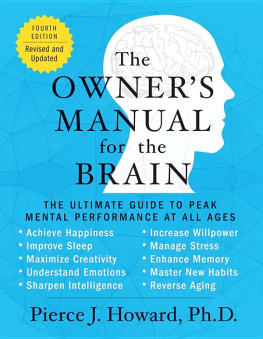
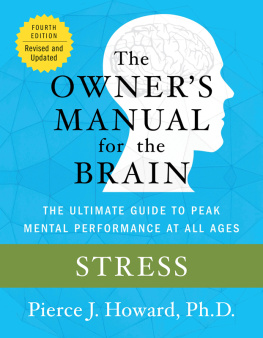
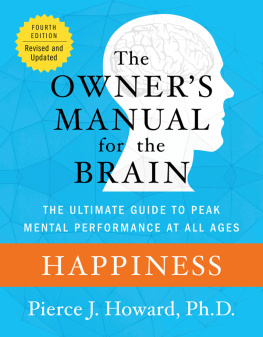


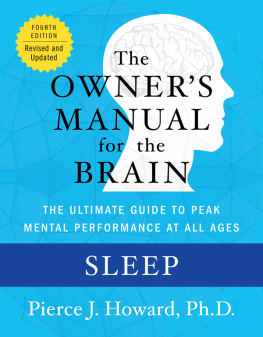

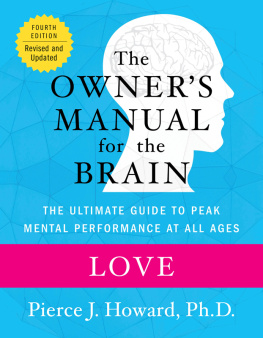

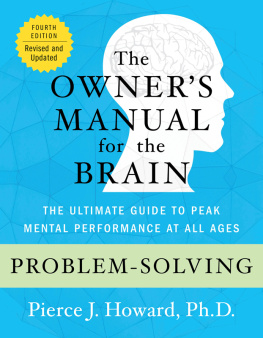
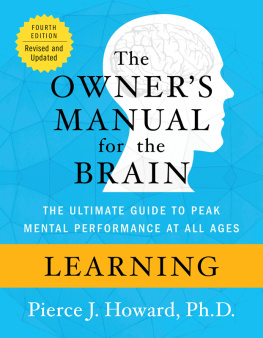


 If you are a parent or a surgeon faced with deciding whether to surgically clarify the sexuality of a newborn or older infant, seek further information from an emerging literature and support service network on transgender and intersexuality issues. Fausto-Sterling concludes that in her ideal world, transgender people should have a say in any medical interventions. Read Fausto-Sterling, Myths of Gender (1992), and Fausto-Sterling and Rose, Love, Power, and Knowledge (1994). Also see the story of John/Joan, by Milton Diamond and Keith Sigmundson of the University of Hawaii at Manoas Pacific Center for Sex and Society, in the March 1997 Archives of Pediatric and Adolescent Medicine.
If you are a parent or a surgeon faced with deciding whether to surgically clarify the sexuality of a newborn or older infant, seek further information from an emerging literature and support service network on transgender and intersexuality issues. Fausto-Sterling concludes that in her ideal world, transgender people should have a say in any medical interventions. Read Fausto-Sterling, Myths of Gender (1992), and Fausto-Sterling and Rose, Love, Power, and Knowledge (1994). Also see the story of John/Joan, by Milton Diamond and Keith Sigmundson of the University of Hawaii at Manoas Pacific Center for Sex and Society, in the March 1997 Archives of Pediatric and Adolescent Medicine.